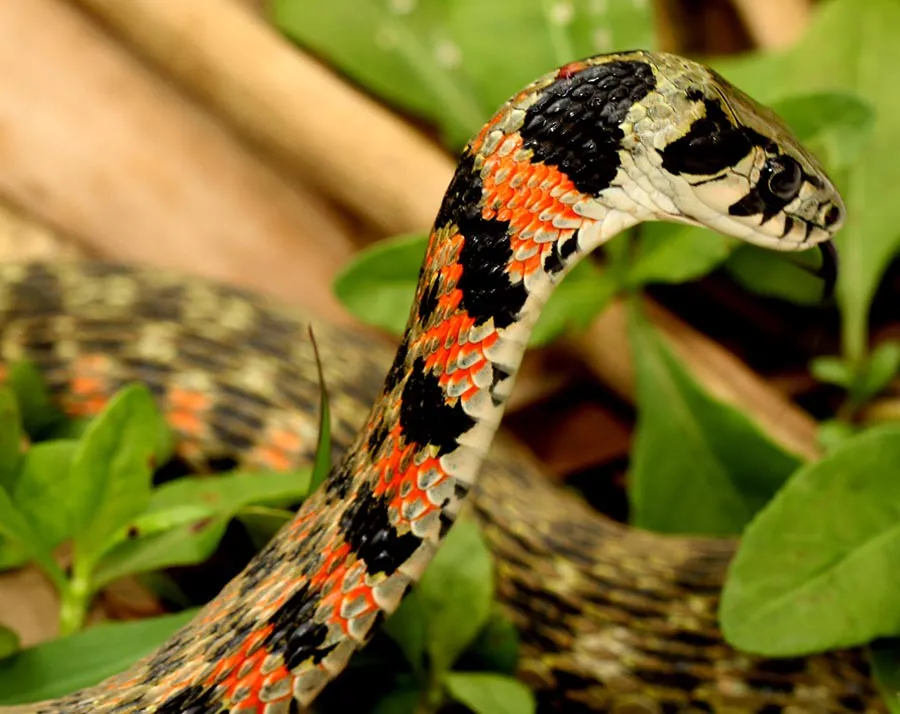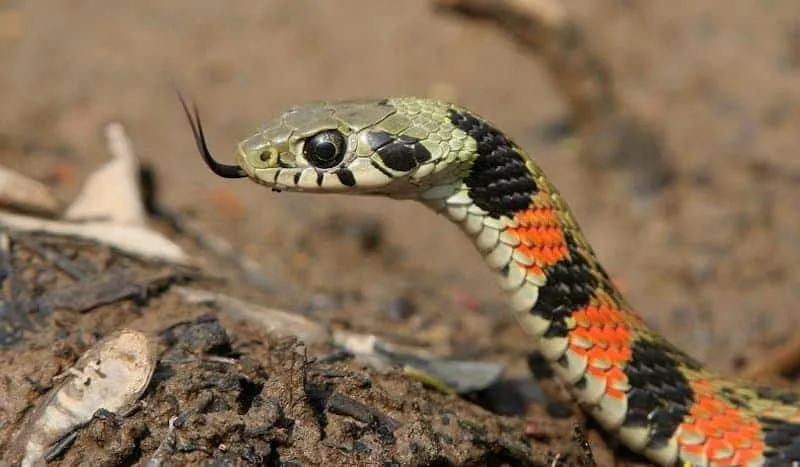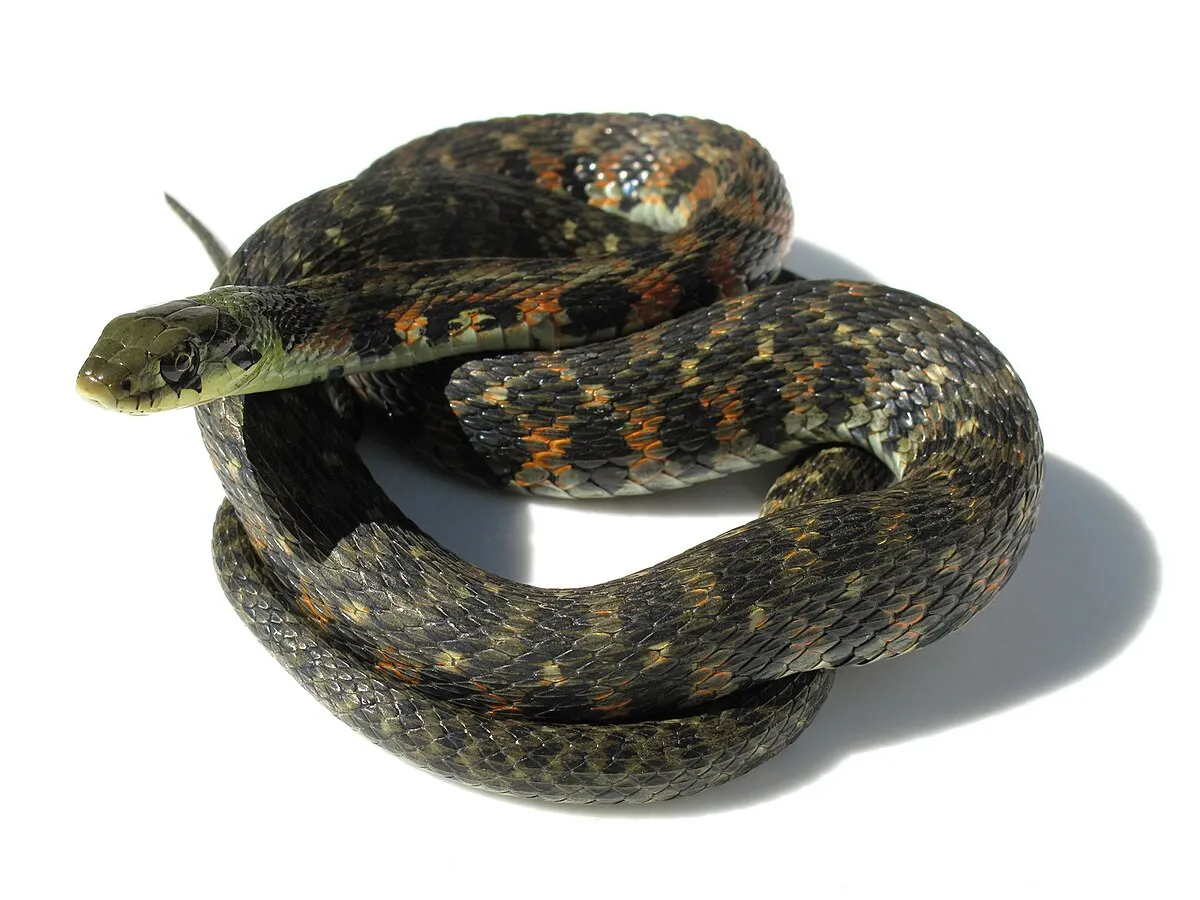The world is full of snakes; most are harmless, and pose no risk to a human. Some are poisonous, and only pose a risk when eaten or handled carelessly. And of course, there are venomous snakes, who do pose some level of risk when threatened by injecting their toxins. Then there is Japan's tiger keelback snake which is uniquely bizarre in the fact that it is venomous and poisonous; in addition to having a venom-packed bite, the snake also secretes poison from its neck that deters predators from dining on it.

Taking the bizarreness a step further, while the snake produces venom it does not produce the poison it secretes. Instead, it is one of only a small number of species that stores up toxins acquired from food to use as a defense. The tiger keelback snake feeds primarily on frogs and toads, many of which are incredibly poisonous. When the snake eats one of these potent amphibians, it stores the toxin in nuchal glands, specialized organs on the back of the neck. When threatened by a predator, these snakes stand their ground, arching their neck to make the nuchal gland area more prominent. A predator that bites the snake's neck would get a blast of fluids straight to the mouth or face that it extremely distasteful or even painful.

Curiously, not all of these snakes will use this particular defensive tactic. It was discovered that the snakes on an island that was toad free generally fled in response to attackers, rather than standing their ground. Akira Mori (Kyoto University, Japan) and Gordon Burghardt (University of Tennessee in Knoxville) reared hatchling tiger keelback snakes that originated from toad-rich and toad-free Japanese islands in an effort to study their defensive behaviors. The snakes were fed controlled diets, some receiving toxic toads, and other receiving a non-toxic source of food. When faced with a potential threat, all the snakes that had eaten toxic toads, regardless of their island of origin, responded with the characteristic nuchal gland display. Those that were fed a toad-free diet always attempted to flee rather than fight.
“So far as I know, this is the only example in terrestrial vertebrates where there is some indication that animals act as if they are aware of when they are toxic and when they are not.” -Burghardt Source
“It is remarkable that the researchers were able to demonstrate not only a difference in behaviour between these two populations, but that if you feed toads to toxin-free snakes, they are able to adjust their behaviour in a manner consistent with being chemically defended.” -Alan Savitzky, Utah State University in Logan Source

Interestingly, other species that gain toxicity from food don't seem to display this shift in behavior. For example, dart frogs are incredibly poisonous in the wild because they gain toxins from the insects they eat. In captivity, they are fed non-toxic foods, generally crickets, and have lost most of their potency, however their response to predators has not changed. In the tiger keelback snakes, this behavior seems to change as soon as the snake eats a poisonous amphibian. How the snakes know is still a mystery; perhaps they detect changes in the microbial community living in their digestive system, which would be influenced by toxin levels. They may even be able to somehow monitor the amount of toxin in their glands. The one thing that is clear is that these animals have a level of awareness about their potency that appears unrivaled in any other reptile.
Article Link: https://www.newscientist.com/
